Ryegrass, Beef Builder Forage Annual
$47.00 /50lbs. (50 pound bag)
Improvement over annual for grazing, especially in rust prone areas (high rainfall).
Out of stock
Improvement over annual for grazing, especially in rust prone areas (high rainfall).
| Grow Height | Cold Tolerance | Minimum Rainfall |
Planting Rate Acre |
| 2-3′ | Good | 25″ | 25 lb. |
| Weight | 51 lbs |
|---|---|
| Dimensions | 29 × 17 × 7 in |
Be the first to review “Ryegrass, Beef Builder Forage Annual” Cancel reply
You must be logged in to post a review.
Related products
Once established, giant bermudagrass is very drought, heat and salt tolerant. Cultural management of giant bermudagrass is much like that of Coastal Bermudagrass, a vegetative pasture bermudagrass.
Annual legume and the source of guar gum. Assumed to have developed from the African species Cyamopsis senegalensis.
Good pasture. Cajun II is a forage-type endophyte-free tall fescue that promises broad adaptation and high yields.
Native, cool season perennial that is short lived. Found on sandy shores and dunes; wooded areas, especially along trails, rivers and streams; and other disturbed sites throughout much of North America.
Tropical to subtropical perennial grass with good forage production in low fertile soils. It creeps with stolons and rhizomes, native to South America, naturalized in North America.
South American cool season tufted bunchgrass. Growth begins in late fall and continues through the winter.
Originates from the Mediterranean region of southern Europe and North Africa and are often referred to as Mediterranean or summer-dormant types. These summer-dormant fescues basically cease growth during summer in response to long days, high temperatures, and dry conditions. In western regions of Oklahoma and Texas, the Mediterranean summer-dormant fescues offer promise of cool-season production [...]
Warm season perennial tufted bunch grass. Originally collected near Manali, India and tested in Oklahoma and Texas.
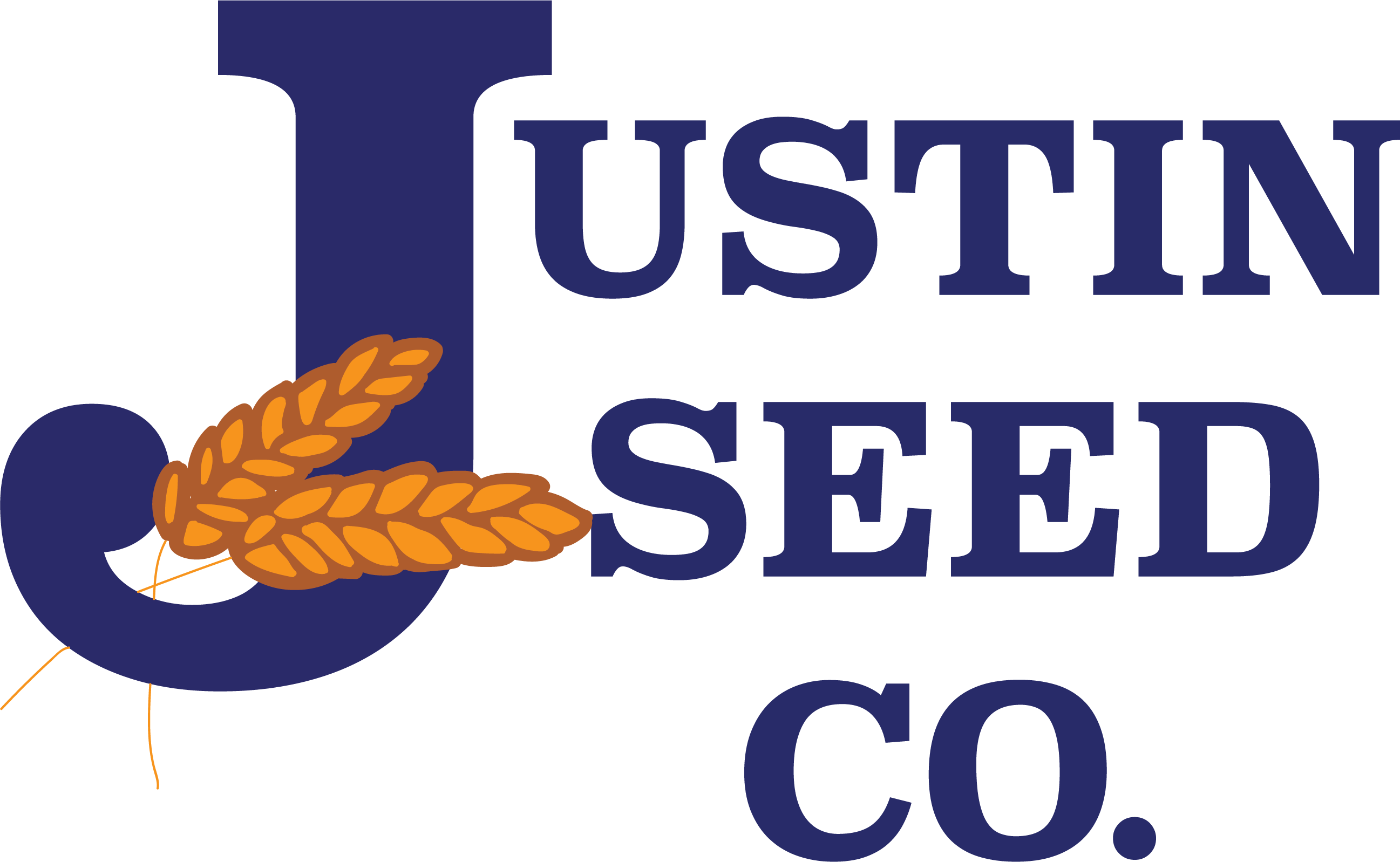
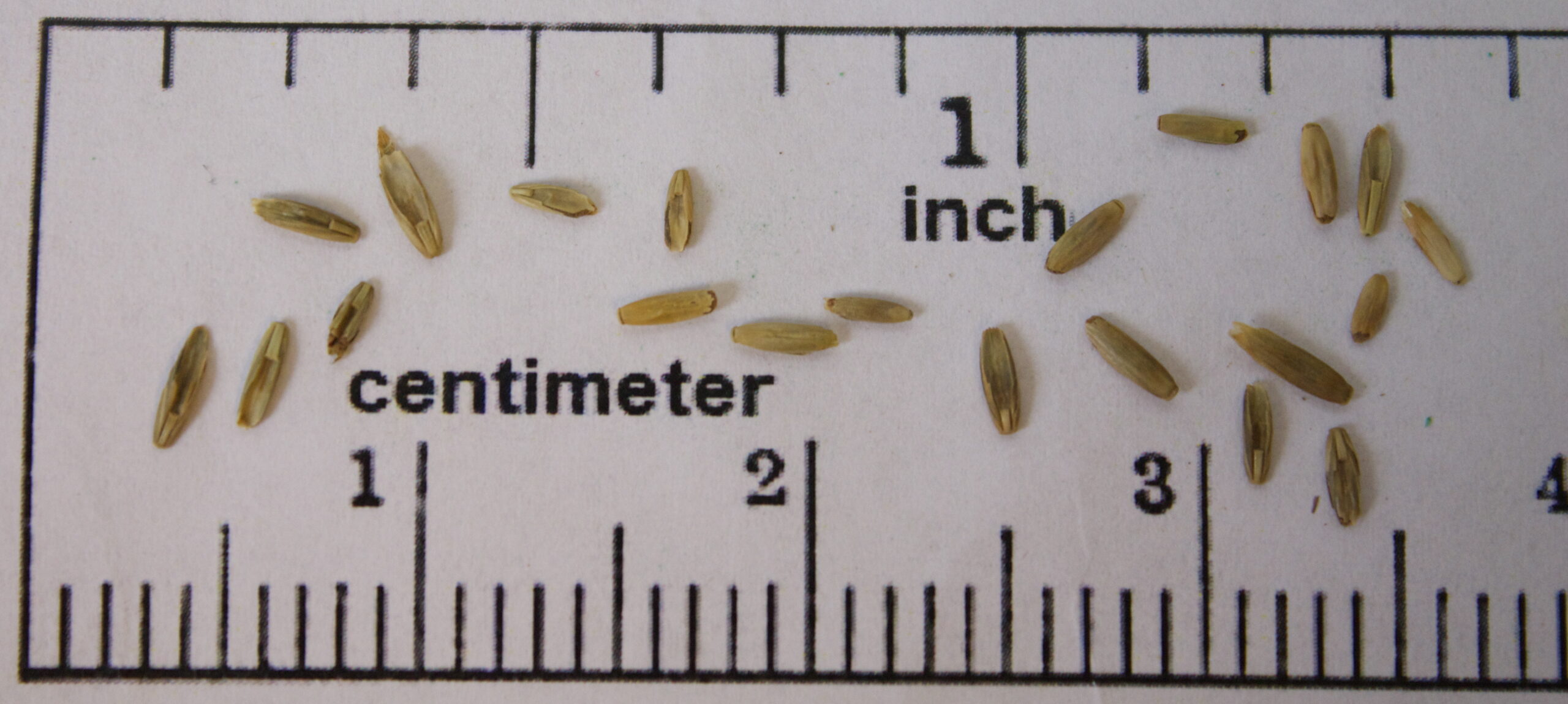
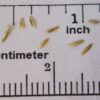
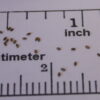



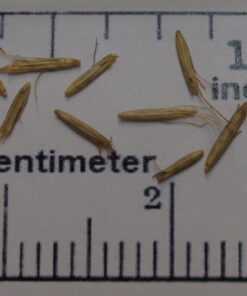


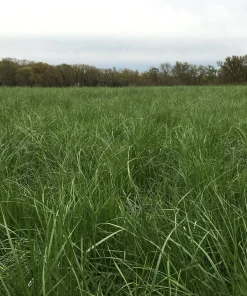
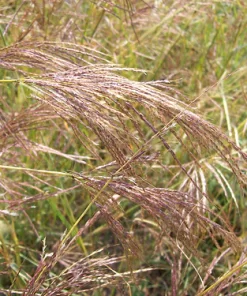
Reviews
There are no reviews yet.